The NaZa NaZa Cross-Cultural Simulation:
Za Materials
Each member of the Za culture receives a Membership Card (Fig. 1) which identifies participants as Za members,and five randomly sorted cards which are drawn from the complete set of cards below.
As the game progresses, they also receive special money (Fig. 4) from the Za Leader.
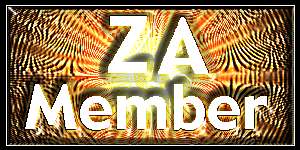
Figure 1. Za Membership Card for the NaZa Naza Cross-Cultural Simulation
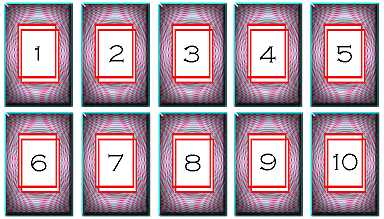
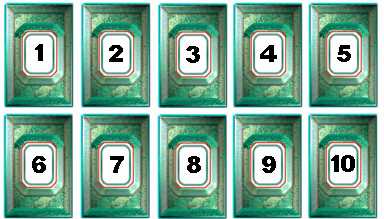
Figure 2. A complete set of Za cards with plain numbers (left) and bold numbers (right)
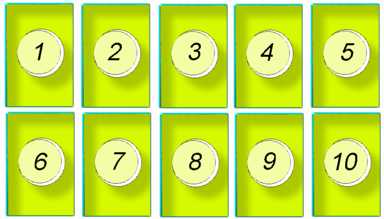
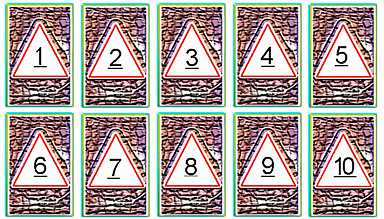
Figure 3. A complete set of Za cards with italics numbers (left) and underlined numbers (right)
NOTE: The various designs and colors of these cards are merely distractors.
What counts about a card to Za culture participants are only two things:
(1) its ordinal value (1, 2, 3, etc.) and (2) house (plain, bold, italic, or underlined).
The goal is to get five consecutive cards of the same house.
This is done by trading cards with participants.
No card has more intrinsic value than another - a card which is worthless to one player
might seem valuable to another.

Figure 4. Za currency which participants earn during the simulation.
NOTE: At the onset of the game, the Za Leader has all of this currency.
Participants receive 1 Za coin for each set of five consecutive cards of the same house they give to the Za Leader.
| Chronological Index | Subject Index | Title Index |